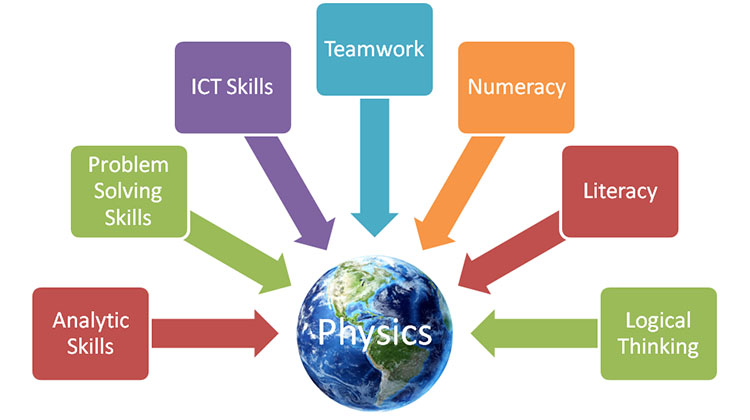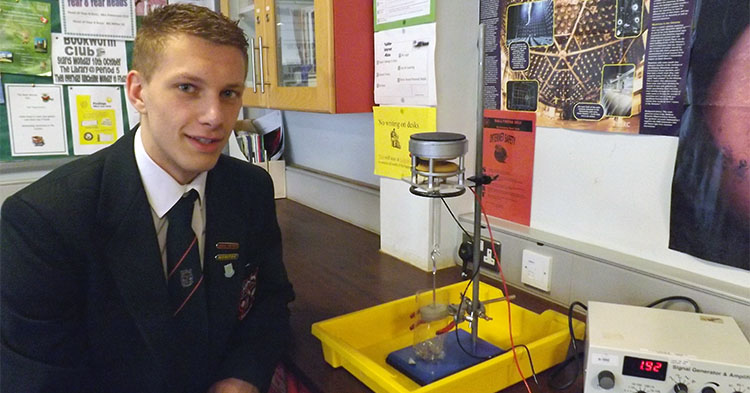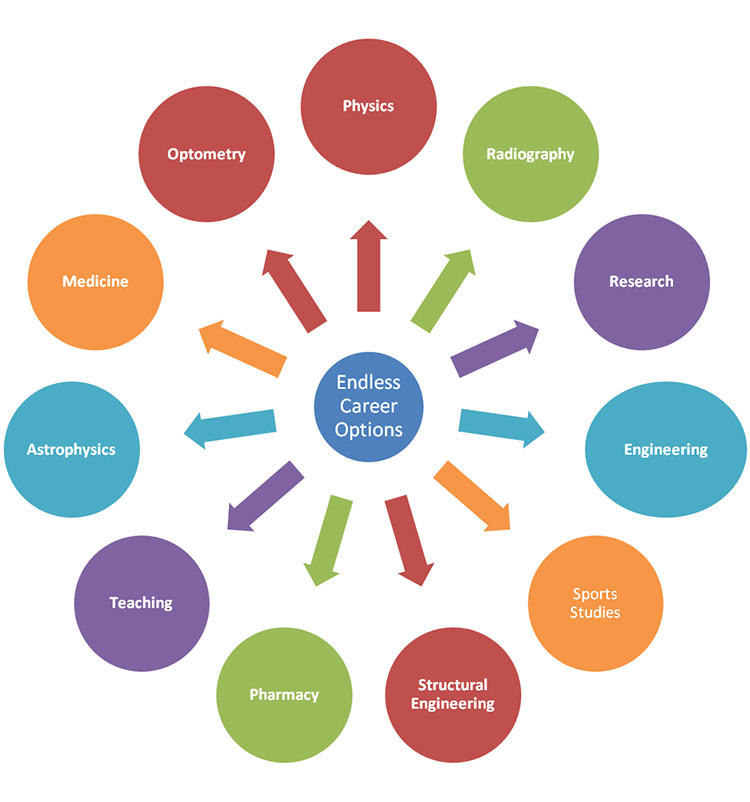<video autoplay="" class="embed-responsive-item" loop=""><source src="assets/images/departments/physics_earth.mp4" type="video/mp4" /></video>
Aims and Mission Statement
Physics reveals the link between theory and experiment and informs pupils about how Physics has developed and is used in present-day society. Physics stimulates and excites pupils’ curiosity and their interest in, and knowledge of, phenomena and events of the world around them.
Staff
Mrs S Gordon (Head of Department)
Mrs J McNeill
Mrs L Brown
Our overall aims are:
- To provide pupils with opportunities to acquire knowledge and understanding of Physics
- Discover, develop and implement the skills needed to use Physics in new and changing situations;
- Discover the ways in which different areas of Physics relate to each other;
- Study how scientific models develop;
- Appreciate the importance of Physics and how it interacts with social, philosophical, economic and industrial matters;
- Sustain and develop their enjoyment of, and interest in, Physics;
- Recognise the quantitative nature of Physics and understand how mathematical expressions relate to physical principles.
Skills Developed
The aim of our Physics Department is to help students develop key skills in the following areas:

Our mission statement is:
To provide a quality learning environment and strive to achieve excellence in both the delivery of the NI Curriculum and in preparing pupils for the 21st Century.
Physics at KS3
Science is taught in an integrated fashion in Year 8 and 9. In Year 10 pupils study Physics for 1 hour per week by specialist teachers. They study the topics:
Year 10
Light
This includes the formation of shadows, reflection, refraction and dispersion.
Sound
This includes production, pitch and loudness, speed of sound and noise pollution
Electricity
This includes static charge, basic circuits, resistance, voltage and current.
Earth and Beyond
This invludeds day and night, the seasons, solar systems and phases of the moon.
Practical skills
A task to support the controlled assessment investigation at KS4
| Tracking | Month |
|---|---|
| 1: Shadow & Reflection | October |
| 2: Christmas Exam | December |
| 3: Sound | February |
| 4: Numeracy Test | April |
| 5: Summer Exam | May |
Physics at GCSE
At Year 11 and 12 pupils study CCEA Specification Physics under the umbrella of Single Award Science and Double Award Science. Coursework is a practical investigation worth 25%.
Year 11 & 12
Unit 1
Force and Motion Part 1 & 2
Energy
Radioactivity
Exam: May Year 11 (11% of total marks)
Unit 2
Waves, Sound and Light
Electricity (half way through topic, complete Physics Controlled assessed task)
Electromagnetism
Earth in Space
Exam: May of Year 12 (14% of total marks)
| Tracking | Month |
|---|---|
| 1: Forces & Motion Part 1 | October |
| 2: Forces and Motion Part 2 | December |
| 3: Energy | February |
| 4: Unit 1 Mock Examination | May |
| Tracking | Month |
|---|---|
| 1: Waves, Sound & Light | October |
| 2: Electricity Mid-topic test | December |
| 3: Year 12 Mock Examination on Waves, Sound and Light and Electricity | February |
| 4: Unit 2 Mock Examination | May |
Physics at A-Level

Aaron Henry: Ranked Second Highest in the Northern Ireland CCEA A-Level Physics Examination 2015
This consists of 5 periods of Physics per week. The department follows the CCEA Specifications. There are 4 modules assessed by written exams and 2 practical examinations. To support the students’ preparations for these examinations the department holds weekly, twilight revision classes throughout the year.
Year 13 & 14
Year 13
AS 1- Forces, energy and electricity
AS 2 - Waves, photons and medical physics
AS 3 - Practical techniques
Year 14
A2 1 - Momentum, thermal physics, circular motion, oscillations and atomic and nuclear physics
A2 3 - Practical techniques
| Tracking | Month |
|---|---|
| 1: Light | October |
| 2: Lenses/Superposition | December |
| 3: Module 2 Mock | January |
| 4: Forces/Electricity | March |
| Tracking | Month |
|---|---|
| 1: Circular motion | October |
| 2: Thermal | December |
| 3: Module 4 Mock | January |
| 4: Nuclear | March |
Past Physics Students at Cambridge House
Past students within the Physics department have gone on to follow careers in:



